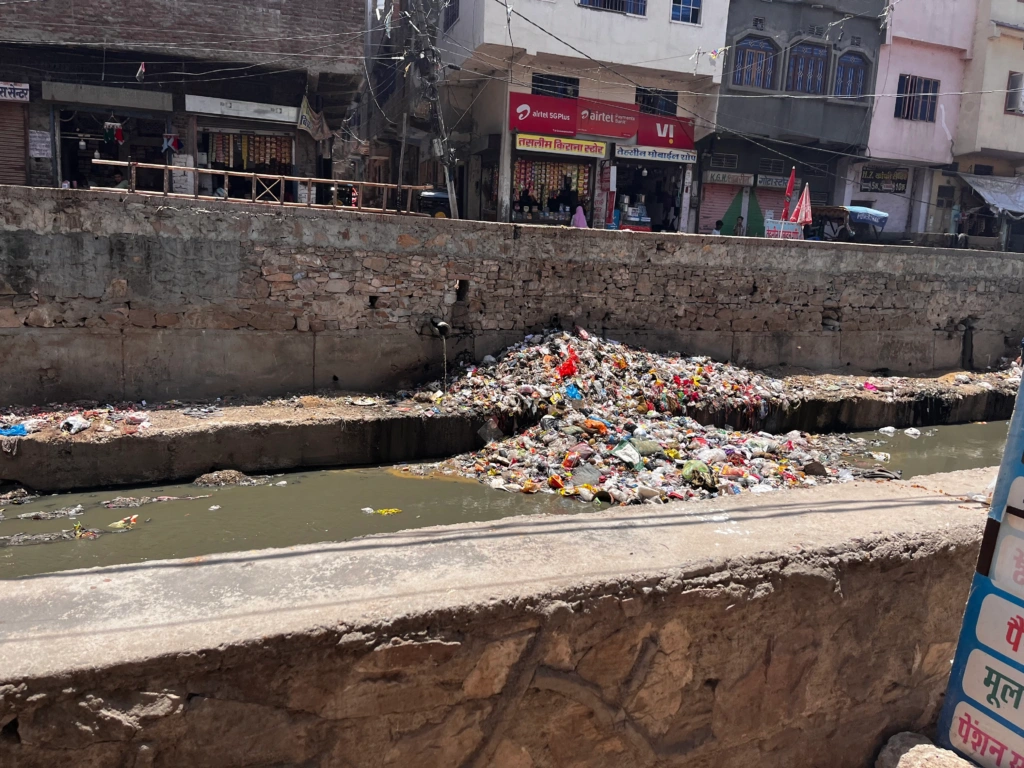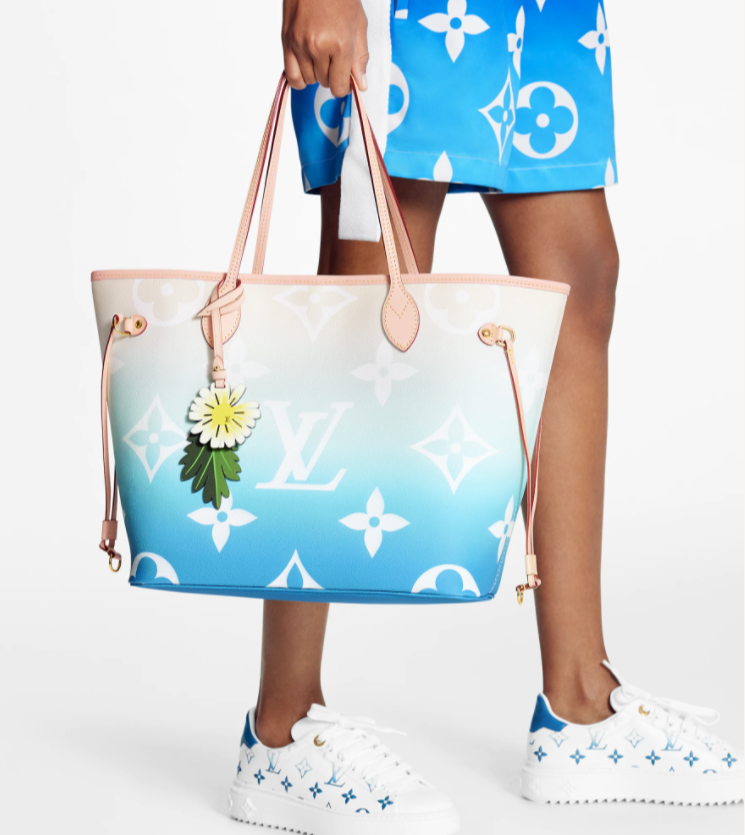Aftermath of Overproduction and Underutilization of Clothes: Fashion and Waste? – Unleash Fashion
More than $500 billion of the value of clothing is lost due to underutilization and overproduction of clothes. (Ellen MacArthur Foundation, 2017). The fashion industry produces and throws away tonnes of items every year without proper recycling. According to a case study, people do not wear 50% of the clothing in their wardrobe.
In many parts of the world, society struggles to make ends meet and does not have anything to cover their body during harsh climates, on the contrary, deserts of landfills have been developed in southern Asia, which cover acres of land to create substantial pollution leading to some serious environmental hazards. This paradox of the clothing industry causes the whole cycle to disrupt the environment.
Over 100 Billion clothes are produced every single year!!… That is equivalent to 14 items for every human being on the planet. This astonishing number represents why the fashion industry is the third largest contributor when it comes to pollution and its aftermath. Let’s look at what are the factors causing this crisis.
Waste and Pollution

A Focus on Textile Wastes:
The ratio of the amount of clothes produced and clothes wasted in dump fields is shocking. It contains clothes from your closet to the discarded new piece in the store. The amount of textile waste we discard is approx. 92 million tonnes from the fashion industry alone. Textile development and its processes involve immense amounts of chemicals in the fabric. For instance, a simple process of converting raw material to a textile often takes over 8000 different synthetic chemicals. One of the major chemical constituents used in clothing manufacturing is a chemical dye. Many fashion industries do not treat their waste matter before decomposing. This contaminates the water bodies, causing a threat to aquatic life.
Water pollution:
To produce a single pair of jeans it takes around 2000 gallons of water and it is just about the jeans, consider putting all other thousand types of garments with different materials and toxins, The fashion industry consumes around 93 billion cubic meters of water each year. A report by the United Nations of Environment Protection (UNEP) demonstrates that around 20% of global wastewater comes from textile dyeing alone.
In a documentary on textile and water waste, RiverBlue showcased that around 70% of freshwater in China is contaminated by 2.5 billion gallons of wastewater produced by the fashion industry.
Fast fashion is the largest contributing factor

The fast Fashion Industry is the biggest contributing factor causing environmental pollution. Every day, thousands of brands start producing clothes. With no regulation on the production of clothes and no management body to control the process, the number of scrap waste produced is enormous. This is just the case in processing the fast fashion retailing is way step ahead in producing a “Fresh Waste” of goods that aren’t even bought. Several brands have been found guilty to discard and burn their goods of no sale or low quality.
Fast Fashion and Greenwashing:
Brands can be slick in clearing the index when it comes to calling themselves “transparent”. Low-price tags are often a signal that something is wrong behind the scenes. In most cases, the industry is associated with major issues like child labor, and the exploitation of workers, and violates essential workers’ rights, such as low salaries, lack of safety, and extended working hours.
Tackling Greenwashing
As the industry persists to scuffle with its social impact and damaging environment, consumers, regulators, and other stakeholders may constantly keep track of how brands prove their transparency index. If brands do not follow the rules or avoid greenwashing analysis, they must show other ways that they are making honest and credible changes while staying in monitoring emerging regulatory requirements.
As per the study, the list of goods (mostly fast fashion) produced by child labor or forced labor comprises 159 goods from 78 countries and areas, as of September 28, 2022. Alongside 68% of fast fashion brands don’t maintain gender equality at production facilities/ (Ethical Fashion Guide, 2019)There are a lot of questions that need to be answered, one of which is to figure out where does it all start from? or who are we supposed to blame, the fast fashion brands or its demand? And last, what actions are necessary to be taken in order to rejuvenate what we lose? To fight this permeating impact of pollution, UNEP launched #BeatPollution, a strategy to rapidly coordinate action towards fashion waste-creating land and water pollution. Beat Pollution aims towards highlighting aim towards climate change, nature and biodiversity loss, and human rights and their safety.





